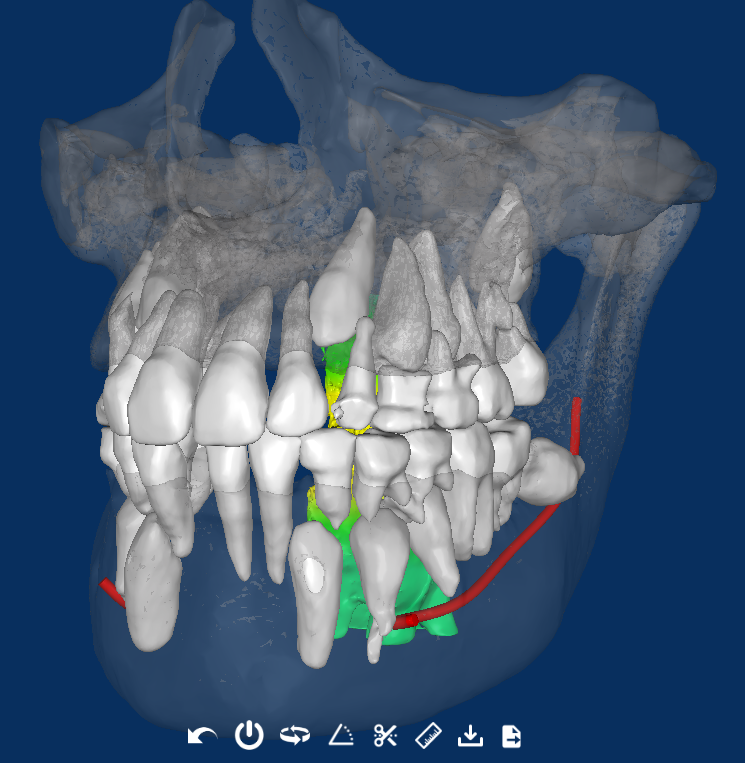Why Compliance Is More Critical Than Ever
For orthodontic practices and dental service organizations (DSOs), compliance is no longer just a checklist – it’s a strategic imperative. Regulators are increasing enforcement, penalties are climbing, and patients expect safe, transparent, and secure care.
- HIPAA enforcement is costly: To date, the HHS Office for Civil Rights has issued 152 enforcement actions, totalling nearly $145 million in penalties. In 2024 alone, settlements exceeded $9 million across healthcare organizations.
- Data breaches are rising: Healthcare reported 725 large data breaches in 2023, affecting over 133 million records.
- California adds extra layers: CPRA fines can reach $7,500 per violation, with enforcement now led by the California Privacy Protection Agency.
Key Compliance Domains for Orthodontics & DSOs
- Patient Access to Health Information
- HIPAA requires records to be provided within 30 days (best practice: 7 days).
- California’s CMIA adds stricter requirements for storage, disposal, and breach response.
- Privacy & Consumer Data (CPRA / CCPA)
- Applies to data outside of HIPAA PHI, including marketing, website visitors, and HR data.
- No more 30-day cure period for violations; fines can be immediate.
- Infection Control & OSHA Requirements
- OSHA’s Bloodborne Pathogens Standard requires written exposure-control plans, annual training, PPE, and vaccination protocols.
- California enforces 16 CCR §1005, mandating written infection-control policies, sterilization logs, and post-exposure procedures.
- Imaging & Radiation Safety
- CBCT and X-ray units must be registered and tracked under a Radiation Protection Program.
- Handheld devices carry special oversight.
- Staff must maintain radiation-safety certification and documented training.
- Vendor & Technology Partnerships
- Business Associate Agreements (BAAs) required for all vendors handling PHI.
- Data Processing Agreements (DPAs) needed for CPRA-covered consumer data.
California: The Gold Standard (and the Toughest)
Why is California so challenging — and important?
- Dual compliance burden: HIPAA + CMIA + CPRA all apply.
- Record retention rules: Keep patient records 7 years minimum; for minors, until 1 year after age 18.
- Privacy enforcement: The CPPA (California Privacy Protection Agency) can now independently issue penalties.
- Infection-control enforcement: The Dental Board audits compliance with 16 CCR §1005 as part of site inspections.
Why DSOs Need to Lead on Compliance
DSOs with multiple locations face amplified risks if compliance is inconsistent. Standardization across sites is essential.
- Compliance dashboards track record access times, OSHA training, and audit scores.
- Internal SLAs: e.g., fulfilling patient record requests within 7 days.
- Quarterly audits ensure consistency in infection control and radiation logs.
- Vendor due diligence closes gaps in PHI and consumer-data handling.
CADP, NADP, and the Role of Dental Benefit Plans
Compliance in orthodontic and DSO practices isn’t only about regulators like OSHA or HIPAA – dental benefit plans also play a key role in shaping operational standards.
In California, the California Association of Dental Plans (CADP) serves as the voice of dental insurers, setting expectations for quality assurance, audit procedures, and documentation standards. CADP even certifies Quality Assurance Consultants (dentists and procedural experts) who review records and processes for plan compliance.
At the national level, the National Association of Dental Plans (NADP) represents over 90% of dental benefit plans in the U.S. and works to standardize best practices and advocate for consistent, efficient oversight across states.
For DSOs, this adds another layer of accountability: not only must they align with federal and state regulations, but they also need systems that produce audit-ready, standardized reports acceptable to insurers and benefit plans.
We complied a Compliance Checklist for 2025
| Domain |
Key Action |
Target |
| Record Access |
Fulfill requests ≤7 days |
Avoid HIPAA penalties |
| Privacy |
Segment PHI vs. non-PHI, apply CPRA |
Full dual compliance |
| Infection Control |
Quarterly audits + annual training |
≥95% audit score |
| Radiation |
QA logs, staff certs, unit registration |
100% compliance |
| Vendor Contracts |
BAAs (PHI), DPAs (non-PHI) |
Zero vendor gaps |
Key Takeaway
For orthodontic practices and DSOs, compliance is not just about avoiding penalties. It’s about building patient trust, ensuring safe operations, and creating scalable systems that support growth. California may set the strictest standards — but adopting California-level compliance across your network is the best way to future-proof your practice nationwide.
At the same time, technology can be a powerful ally. Platforms like CephX not only streamline workflows and improve diagnostic accuracy, but also support compliance with standardized, audit-ready reporting and secure data handling. By combining operational discipline with smart tools, DSOs and practices can stay compliant while delivering exceptional care.
Sources & References
- HHS OCR Enforcement Highlights
- HIPAA Journal – Violation Fines
- LegalHIE – 2024 HIPAA Enforcement Review
- HIPAA Journal – Data Breach Statistics
- California-CCPA.org – CPRA Fines & Penalties
- California OAG – Privacy Enforcement Actions
- IAPP – CPRA Enforcement Overview
- CADP – About & QA Certification
- NADP – Association Overview






